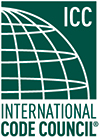| CODE UPDATE | Significant Code Changes to the 2012 International Residential Code |
|
| (The information below is excerpted from the Significant Changes to the 2012 International Codes series.) |
|
The terminology related to live loads in the 2012 International Residential Code (IRC) has been updated for consistency with ASCE 7-10. Attics other than habitable attics are now labeled uninhabitable attics for consistency with the 2010 edition of the ASCE 7 standard. An extensive rewrite of footnotes b and g pertaining to attic live loads have been revised to clarify the intent of provisions for determining when an uninhabitable attic must be designed for a minimum live load of 20 psf for limited storage. For trusses, the determination is still based on a 24-inch-by-42-inch rectangle, but the text is changed to describe an assumed condition rather than an actual one, which is considered more appropriate for a building code requirement. The addition of joists and rafters to the footnotes recognizes that a determination for minimum loading is required for attics constructed of conventional wood framing as well as those constructed with trusses.
Continue reading more on this update to the 2012 IRC Significant Changes. |
|
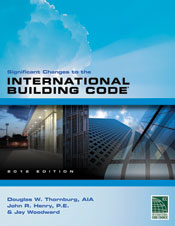  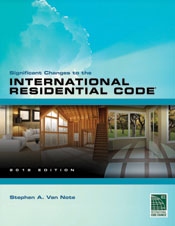  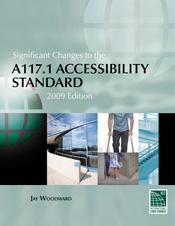 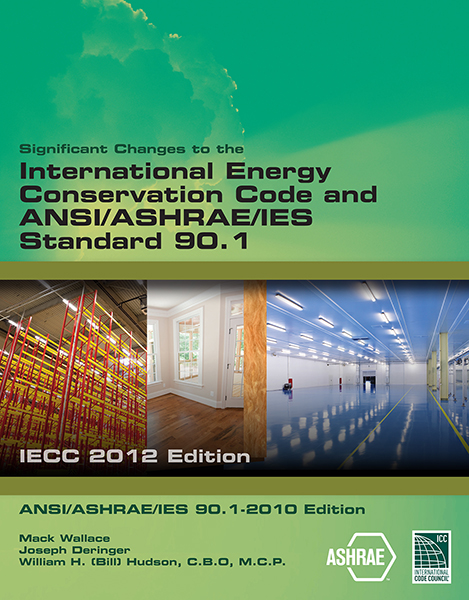 |
The Significant Changes to the 2012 International Codes series is designed to assist code officials, architects, engineers and other construction professionals transitioning from the 2009 to the 2012 editions of the International Codes. Authored by ICC code experts, the series offers a comprehensive yet practical analysis of hundreds of the most critical changes. Each color publication contains: revised code text; a summary of each change listed; in-depth change analysis; and a detailed photo, illustration or table for each change to deepen understanding. Coverage reflects provisions with special significance, including new and innovative design ideas and technologies, modern materials and methods of construction, and current approaches to safety and stability. |
| Back to top |
 |
| CODE HANDBOOK | 2012 International Building Code Handbook |
|
| (The information below is excerpted from the 2012 International Building Code Handbook.) |
|
An assembly occupancy considered among the most hazardous is a Group A-1 containing a large occupant load and a performance stage. The hazard created by the stage is the presence of combustibles in the form of hanging curtains, drops, leg drops, scenery, etc., which in the past have been the source of ignition for disastrous fires in theaters.
Continue reading more on this excerpt from the 2012 International Building Code Handbook. |
|
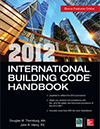 |
The 2012 International Building Code Handbook is a comprehensive, full-color guide to the entire 2012 International Building Code (IBC). Authored by ICC code experts and published by McGraw-Hill to assist code officials, architects and engineers in understanding the code, this publication covers both structural and fire- and life-safety provisions. This time-saving resource makes it easy to understand and apply complex IBC requirements and achieve compliance. |
